7 Simple Ways to Make a Calm and Relaxing Home, According to Experts
You’ll never want to leave. The post 7 Simple Ways to Make a Calm and Relaxing Home, According to Experts appeared first on Camille Styles.
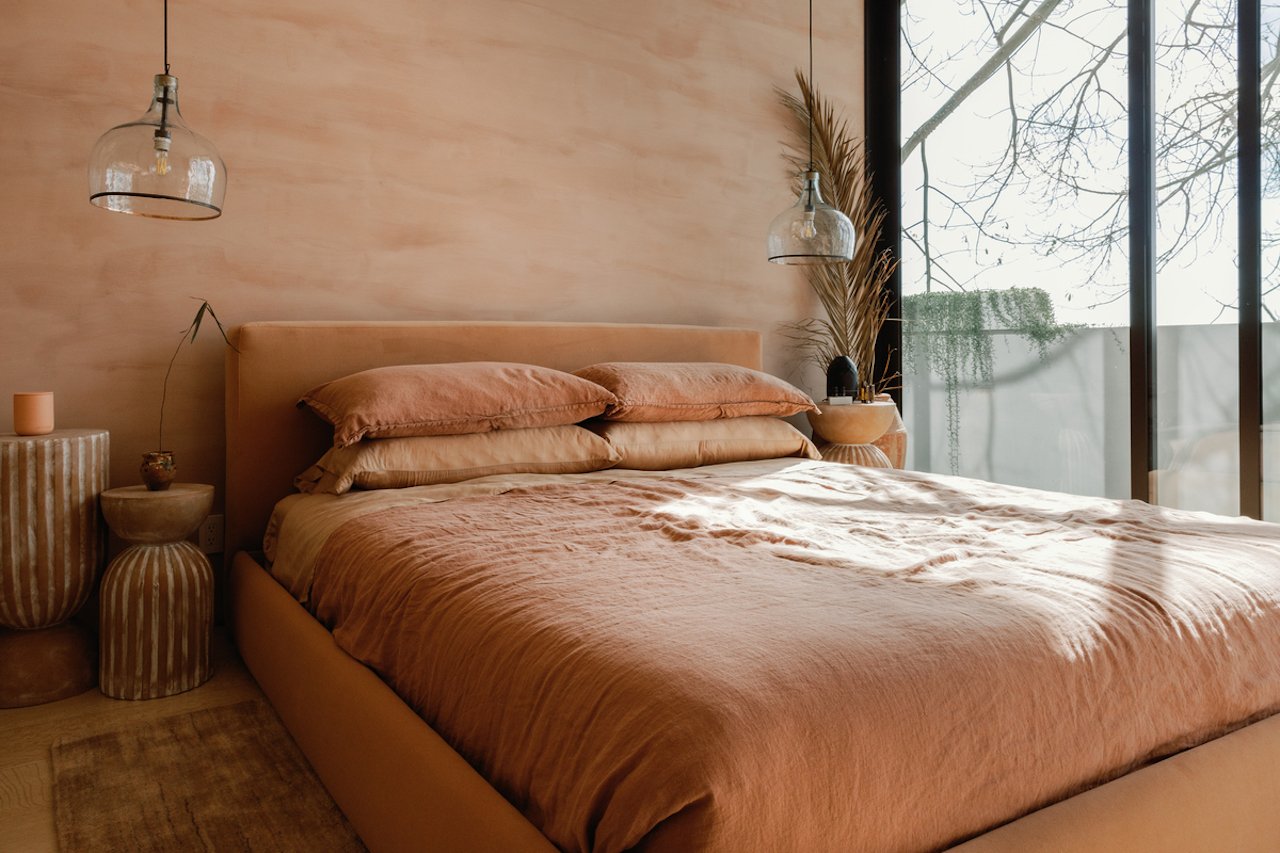
We may receive a portion of sales if you purchase a product through a link in this article.
Imagine stepping into a kitchen filled with bright, open windows. Sun pours onto clean and tidy countertops and a small bouquet of tulips sits atop the kitchen island. You smell cookies in the oven while a pot of coffee brews, and a nearby breakfast nook is strewn with plush pillows, beckoning you to come and sit. Your shoulders soften. You breathe a little deeper. Just the thought of this cozy kitchen is enough to make you feel more serene, and perhaps yearn for a comfortable spot like this one in your own home. Right?
There is no doubt that our spaces impact our nervous systems. Our environment, especially at home, affects us both mentally and emotionally, whether we are aware of it or not. But are there really ways to leverage the design elements in our homes to create more calm in our lives? I spoke with lifestyle expert and interior designer Joshua Smith and mental health and wellness therapist at Canyon Ranch Lenox Mary Cahilly for answers. Ahead, they share insights on neuroaesthetics, the intersection of wellness and design, and how your home affects your nervous system. Read on for their tips and expertise on creating a relaxed and happy home.
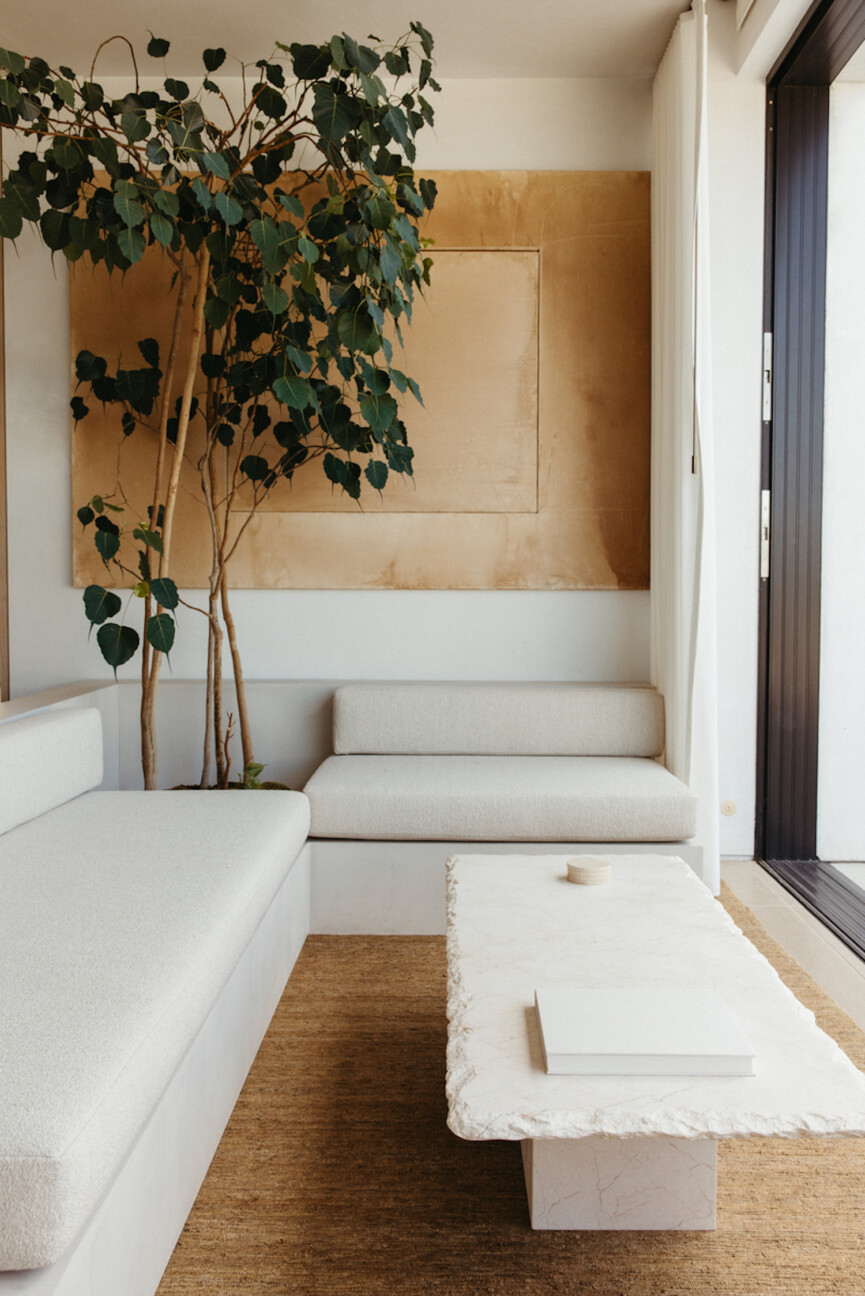
What are neuroaesthetics?
One way to describe the way our homes make us feel is through neuroaesthetics, a relatively new area of neuroscience research. According to the Penn Center for Neuroaesthetics, neuroaesthetics are “a subdiscipline of cognitive neuroscience concerned with the neural basis of aesthetic experiences, which involve interactions with entities and events that evoke intense feelings, often of pleasure.” In other words, it’s the study of how design, art, and beauty affect our brains and nervous systems.
“Your home can be your stressor or your sanctuary. It can’t be both.”
– Joshua SmithCahilly knows how important our homes are when it comes to our mental and emotional health. “As mammals, our limbic systems are always scanning for safety,” she explains. “Home can become either a safe sanctuary from the noise and demands of a busy life, or it can signal a need for continued busyness and vigilance.” One of the first questions Smith asks when working with his interior design clients isn’t what they want a space to look like, but what they want it to feel like. “Your home can be your stressor or your sanctuary. It can’t be both,” he shares. “A beautiful interior isn’t something we can just see, it’s something we experience. It engages the senses. It activates the soul.”
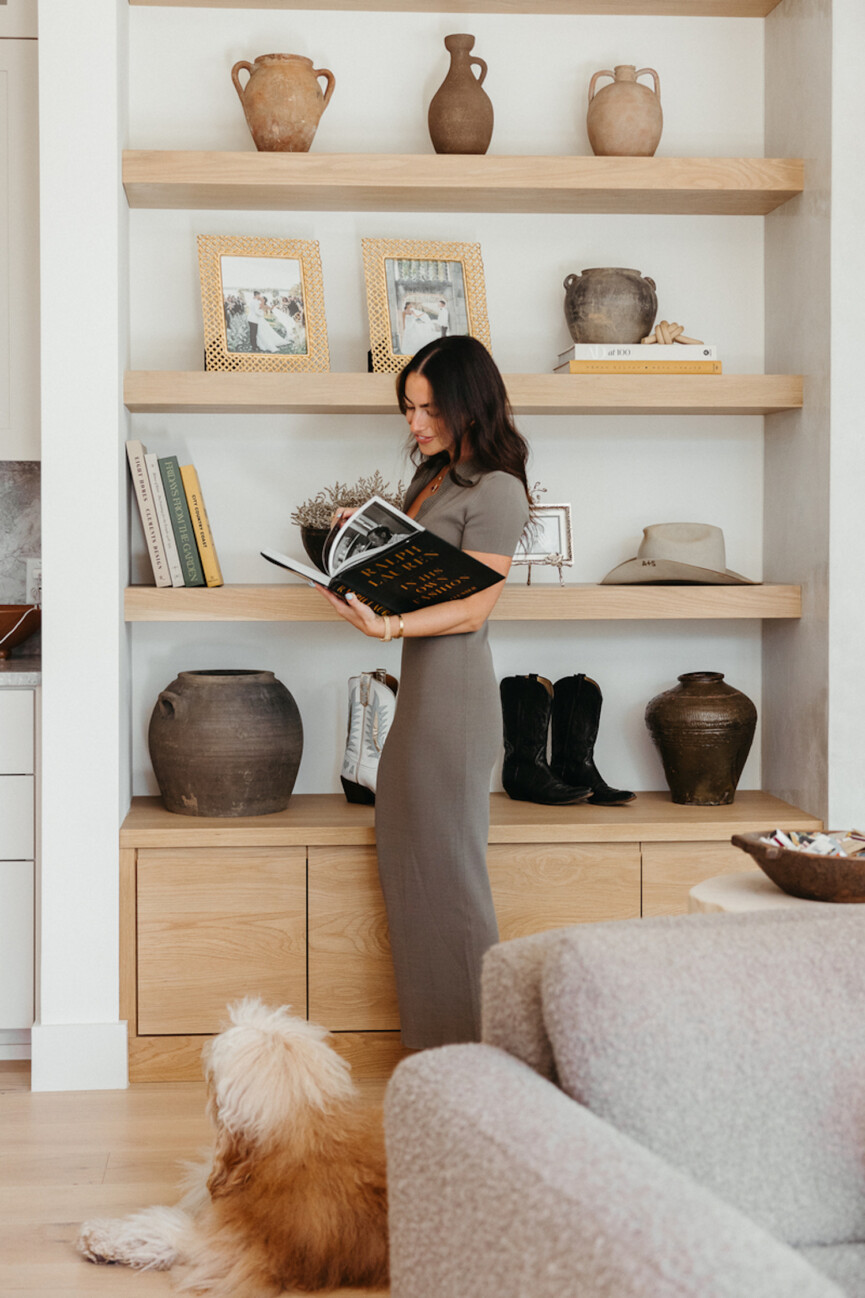
Tips for Creating a Calm Home
To get a sense of how you experience your home, Smith suggests noticing how you feel when you step inside the front door. “When you walk into your home at the end of the day, there should be a sense of calm,” he says. “That is an indicator that you’ve done something right, since chemicals and neurotransmitters were released that produced that feeling of peace and relief.”
If walking through your front door doesn’t elicit feelings of tranquility, don’t worry. There are a number of ways you can minimize stress in your home, add beauty, and shift items around to create more feelings of calm and relaxation.
Declutter
One place to start in your home is with a good old-fashioned declutter. “Everyone seems to benefit from a little more organization or less visual stimuli,” Smith says. If your house is filled with many items, your instinct may be to get rid of things or create an elaborate organization system, but Smith says to stay realistic. “Let’s not try to eliminate, let’s try to corral,” he states reassuringly. Invest in storage furniture, give your items a home, and organize them into categories. Even placing items on a tray can keep them assembled, whether it’s spices in the kitchen or your keys in the entryway. “I am a tray person. I love a good tray,” Smith jokes.
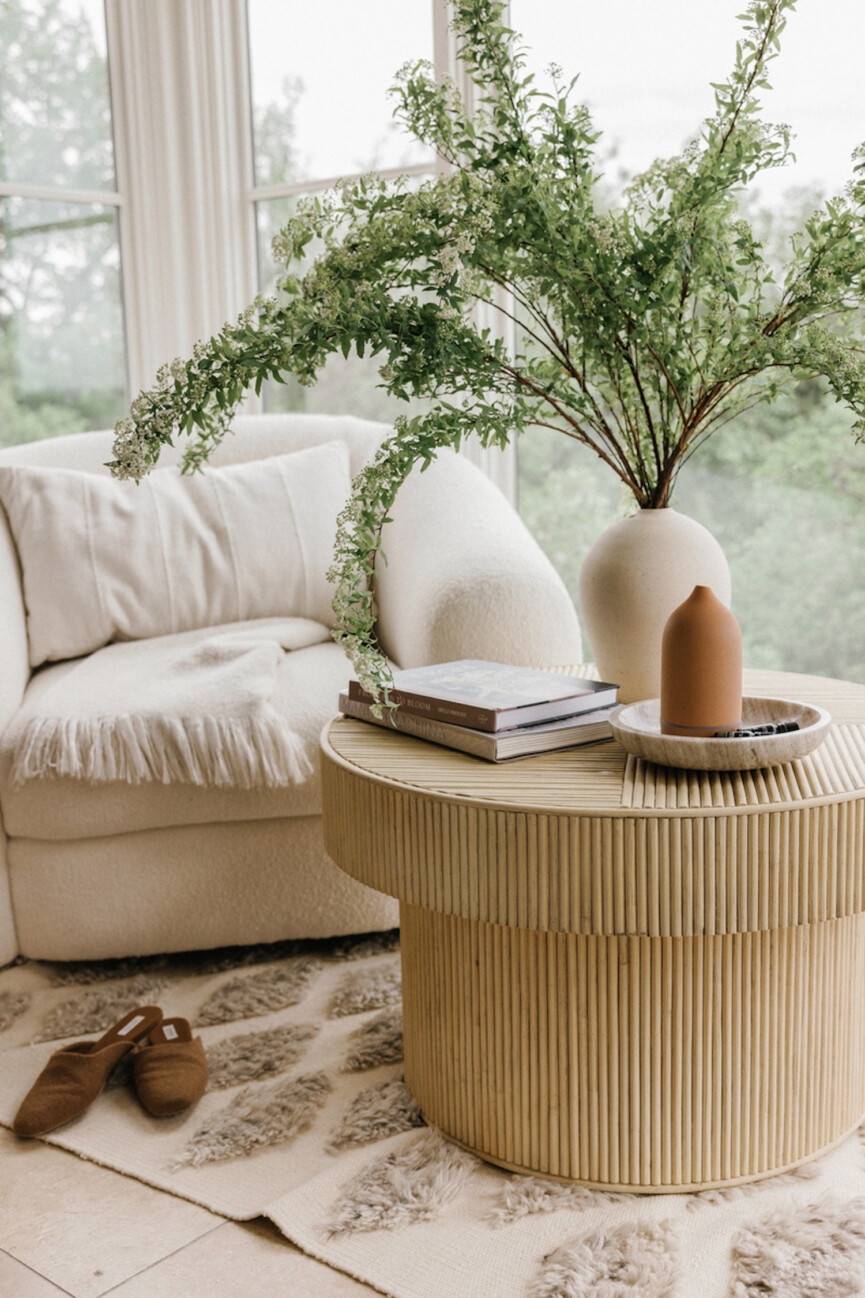
Minimize the Stressors
As you walk into a room, Smith suggests asking yourself what stresses you out about the space. Cahilly agrees. “I would encourage you to mindfully pause and explore how do I feel in this space? What promotes anxiety?” she offers. Identifying the stressors is the first step toward creating more calm, and it doesn’t need to be complicated.
Smith recalls a client who felt stressed in their home office by visible cords. Luckily, there are very simple solutions to covering cords, so the stressor is easily minimized. “It can be so simple. The things that aggravate you can sometimes be easily fixed,” he encourages.
Part With Items That Trigger Unhappy Memories
“Although I am not a home designer by any stretch of the imagination, I have done enough work with clients over the years to understand that objects and spaces trigger memories, sometimes conscious and often subconscious,” Cahilly says. “Memories of painful experiences are stored so that our nervous system can remind us to be vigilant and thereby avoid a recurrence of that experience. In that case, our nervous system does not allow us to fully rest.”
To combat this, Cahilly suggests emptying your home of objects that don’t bring you joy. “Intentionally fill your home with space and objects which help you to smile and exhale,” she says. Smith agrees. “What are the things that make you feel comfortable, nourished, safe, supported, cozy? It’s about energy, and it’s what the nervous system is reacting to,” he explains.
Take the time to go through your home and notice if you have framed pictures of a turbulent time in your life, or if you’re holding on to decor that reminds you of something unpleasant. Donate or toss these items as soon as you can for a refreshed space.
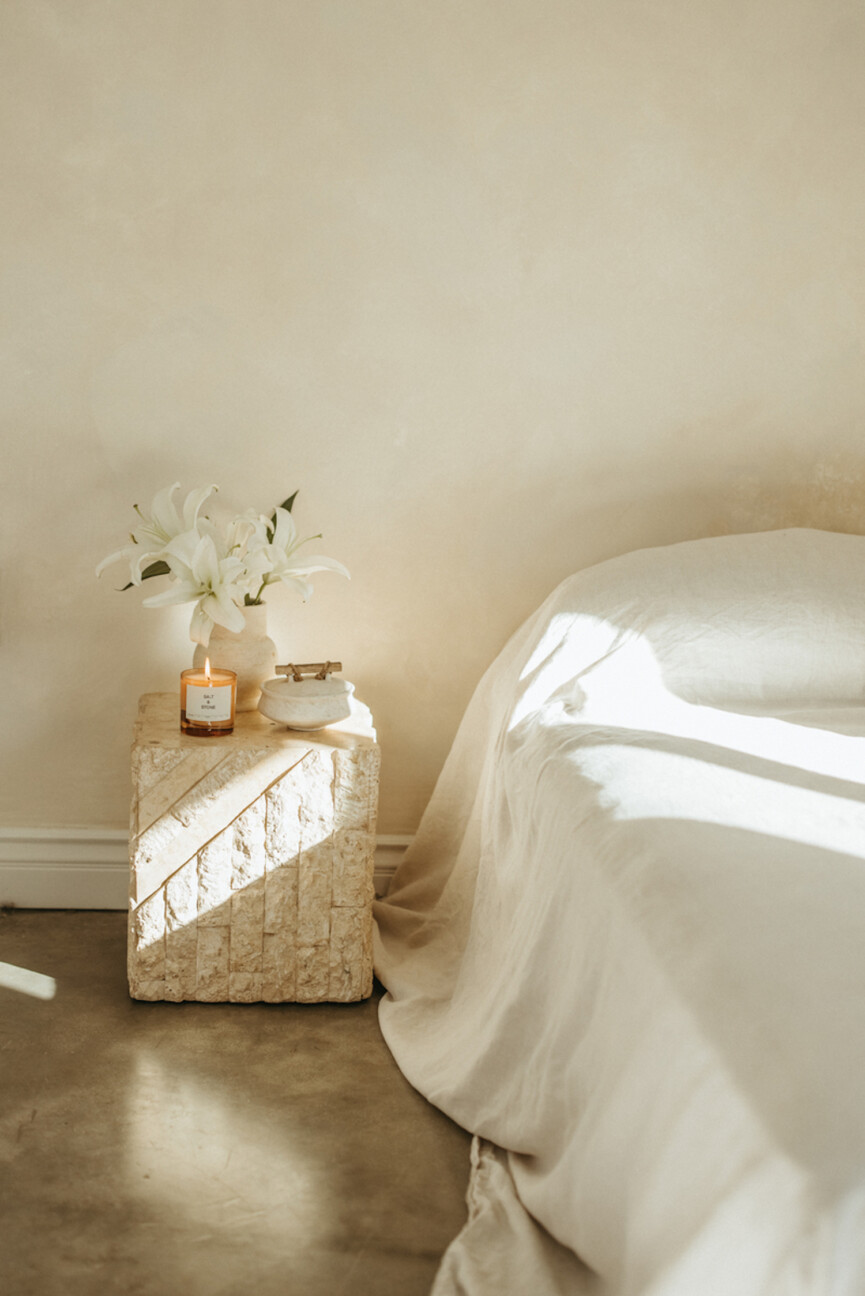
Create a Meditation Space
Deep breaths, quiet time, and meditation are all tools you can use to regulate your nervous system. Smith suggests creating a designated space in your home for centering. “It will help you feel at ease much quicker. When I have a table with crystals and things that speak to my soul, it automatically makes me feel relaxed,” he shares.
A meditation space can be as simple as a corner of your bedroom or as large as a whole room. “Consider the soothing aspect of nature as you decorate,” Cahilly recommends. “Include plants, photos of natural settings, or stones you’ve collected from interesting places.” She also recommends keeping screens out of this space for the ultimate reset.
Engage the Senses
One of Smith’s signatures when it comes to designing a space is engaging the senses. “Ask yourself, what am I smelling? What am I seeing, tasting, touching? Use the senses to help shift the energy of a room, and even the day,” he encourages.
Smith recommends choosing cozy textures for furniture and textiles, adding a fragrance that you love, and including colors and art that bring you joy. It’s even about what you listen to. “What kind of music will soothe your nervous system? If you’re feeling low, what’s going to pump you up?” he asks. “Engaging the senses can make the mundane more meaningful. Most days are ordinary, but they don’t have to be. If you know what brings you joy, how can you dial it up at least 10%?”
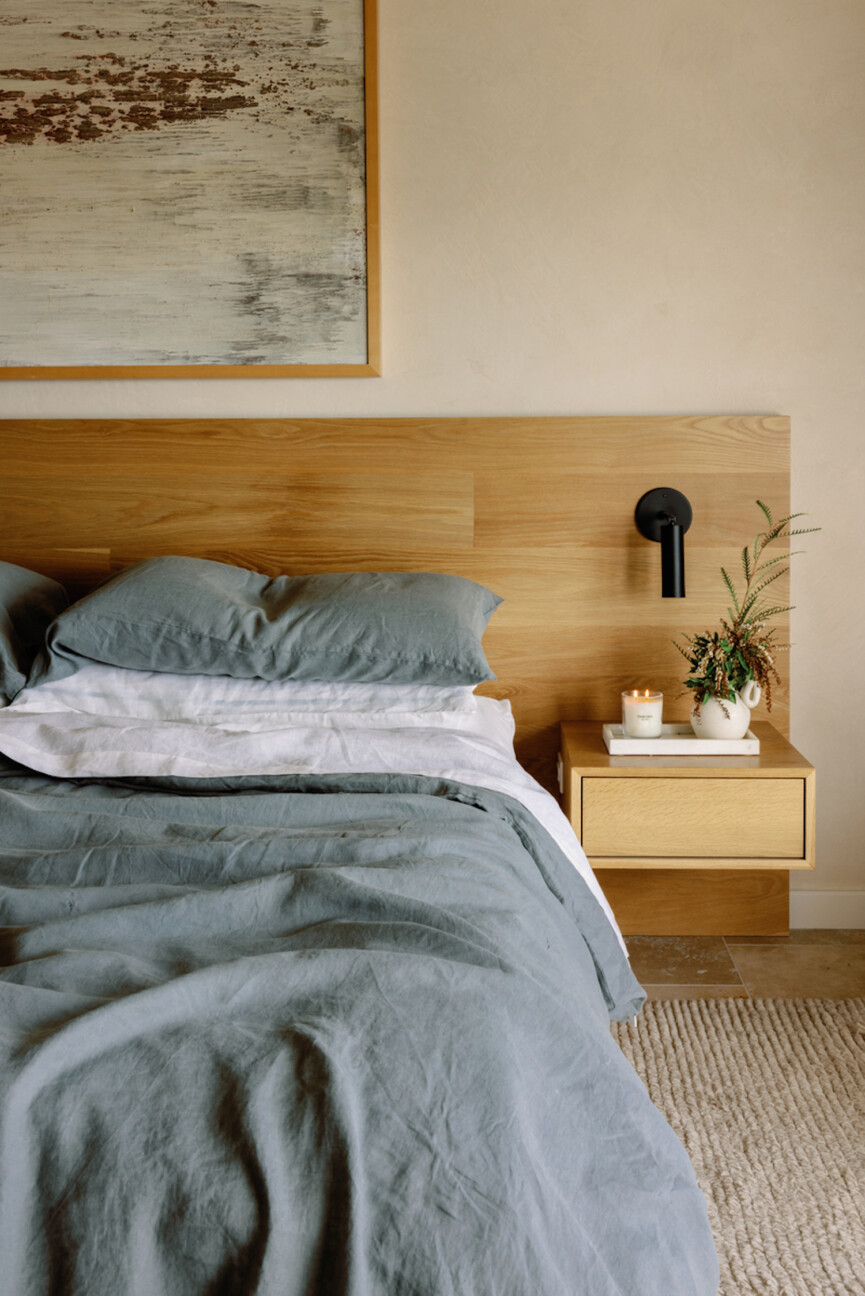
Use Colors Found in Nature
There’s a reason most people feel calm when they watch a sunset, sit by the ocean, or go on a hike. Nature is soothing, and bringing the outside in is a wonderful way to cultivate calm in our homes. An easy way to start is with color.
“I’ve never heard anyone say they hate the color blue or green, two nature-based colors,” Smith shares. He also understands why neutrals are so popular. “So many people feel comfortable and safe with neutrals because they’re earth tones. They emulate the ground, the earth. It makes sense.” Notice what colors you’re drawn to, and know that soft blues, gentle greens, and earthy browns are nature-based palettes that will promote calm.
Embrace Imperfection
Having perfectionist tendencies can be hard on your nervous system, and not having a “perfect” home can sometimes lead to overwhelm and anxiety. Smith says the sooner you embrace imperfection, the better. “I call it livable beauty. It’s not about perfectionism. There’s no way your home is going to be perfect, it’s never going to be finished. The notion that it’s going to get there one day—you’ve got to let it go.”
Take the pressure off and practice gratitude for your space instead. The fact that you have a home, that you’re working on making it more relaxed and beautiful, and focusing on the spaces you do love, no matter how small, is a wonderful place to start.

 FrankLin
FrankLin 






























